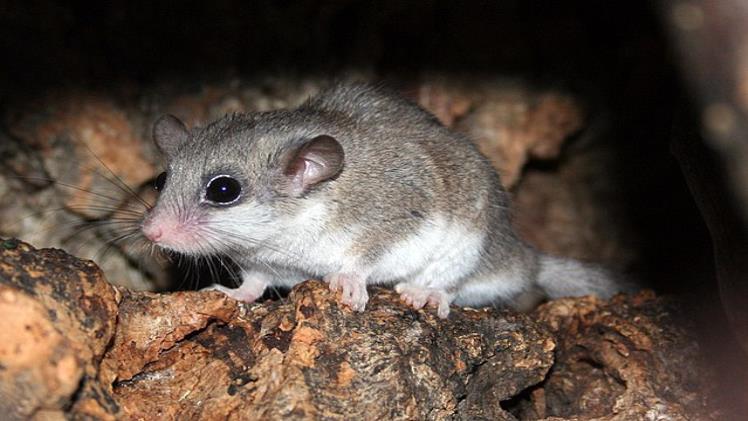A Guide to the African Dormouse

If you have ever wondered what the difference is between a dormouse and a mouse, you’re not alone. The African dormouse is a small mammal that lives in sub-Saharan Africa. Their bushy tails make them great climbers, and they eat small vertebrates and invertebrates. Here’s a quick guide to their appearance.
Coloration
The distribution of dormice in Africa south of the Sahara is extensive. Some species can be found in dense forest, while others may live near rocky outcrops. Because of their ability to blend into the vegetation, they are often overlooked by researchers. Nonetheless, these little creatures are widespread throughout the Eastern Hemisphere. This paper provides information on four species of dormice in southern Africa. These rodents weigh about 55 grams on average and have a rounded appearance.
Life span
The African dormouse is a small rodent with an average length of seven to ten centimeters and a height of 18 to 23 grams. These animals resemble squirrels and have thick, golden brown fur. They are arboreal and feed on fruits, nuts, and seeds. They also have a very good sense of hearing, and their diet is primarily plant matter. However, unlike squirrels, these rodents do not have a cecum.
Diet
The diet of an African dormouse is similar to that of many other mammals. The main foods that these creatures consume are proteins. The dormouse only breeds twice a year. Its skeleton is designed to be flexible in a vertical direction, which allows it to easily climb tree trunks and build nests. They also have excellent eyesight, which helps them to navigate their environment.
Predators
Like all animals, African dormice is prone to predation. Due to their small size and lack of defensive mechanisms, predators can easily take advantage of these tiny rodents. Large birds are the most common dormouse predator, and can swoop down from above to kill them. They are also susceptible to attack from carnivorous mammals, which dig into their burrows to scavenge for food.
Reintroduction
Scientists have started the reintroduction of the African dormouse to the UK after finding an alternative source of food in the African rainforest. Wildlife vets working at London Zoo have been carefully monitoring the dormouse and assessing their health and well-being. This will be done before releasing them into the secret woodlands of north-east England. They will examine their eyes, ears, mouth, and heart. They will also check their limbs and abdomen. The scientists also use post-mortem examinations to determine whether the dormouse are thriving in their new habitats and whether they are surviving the cold.


